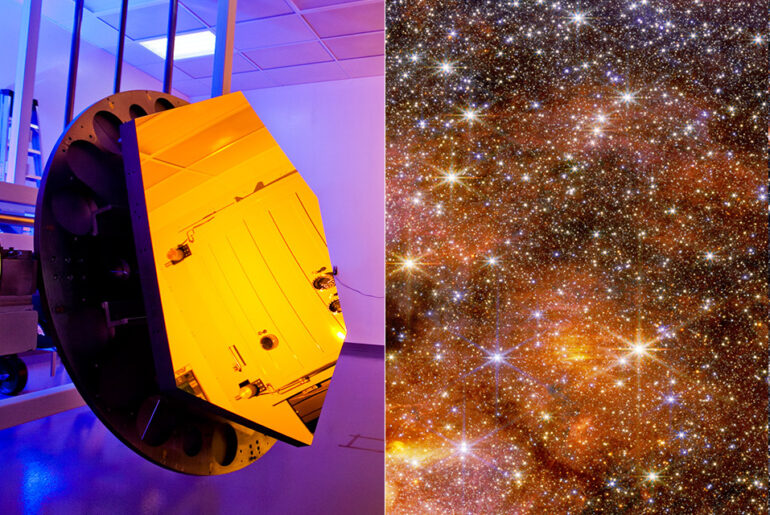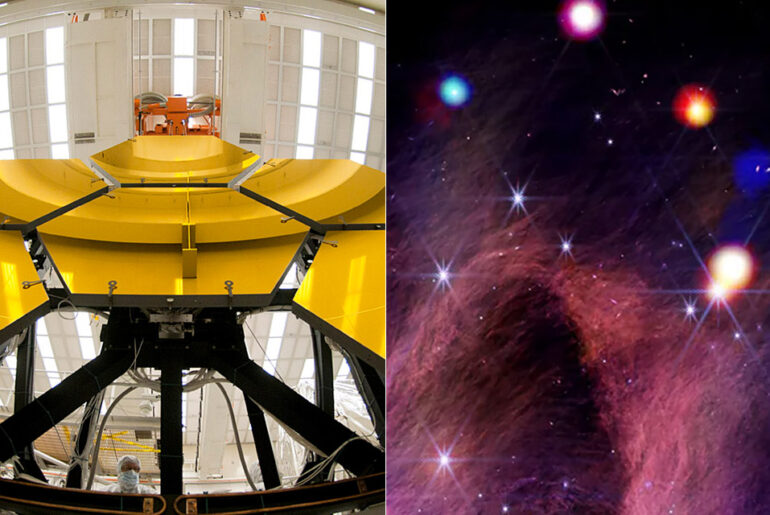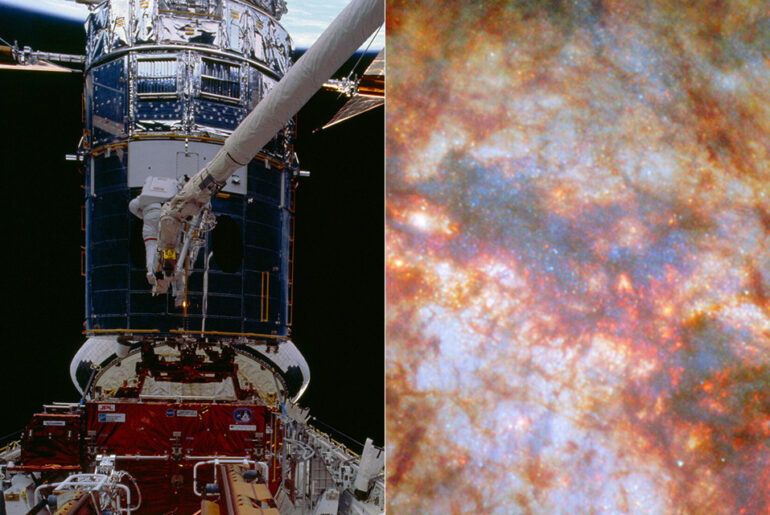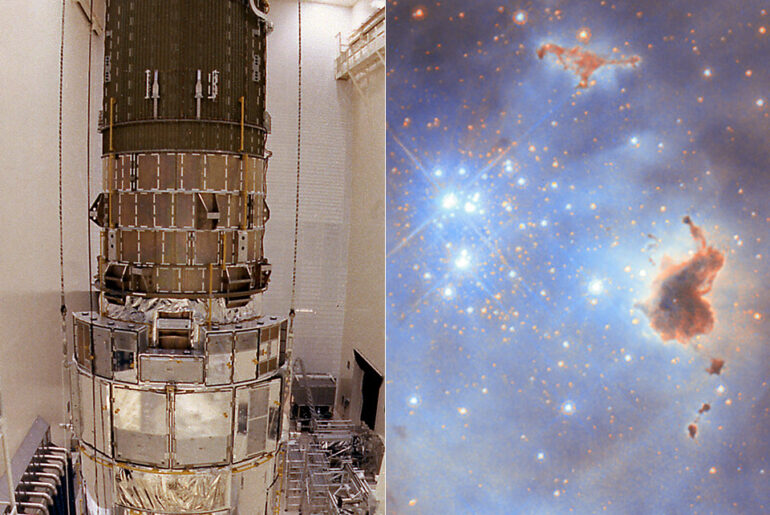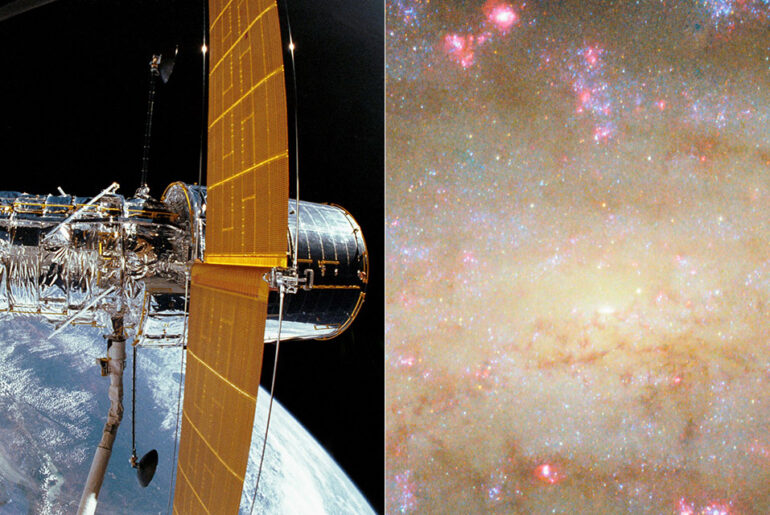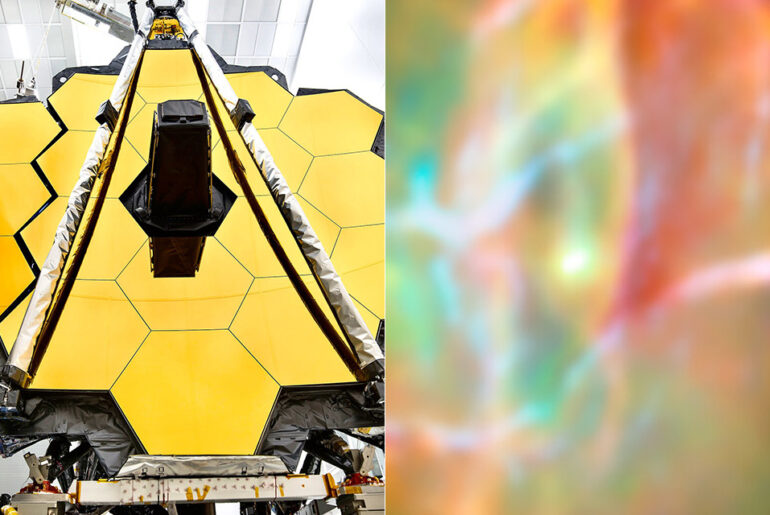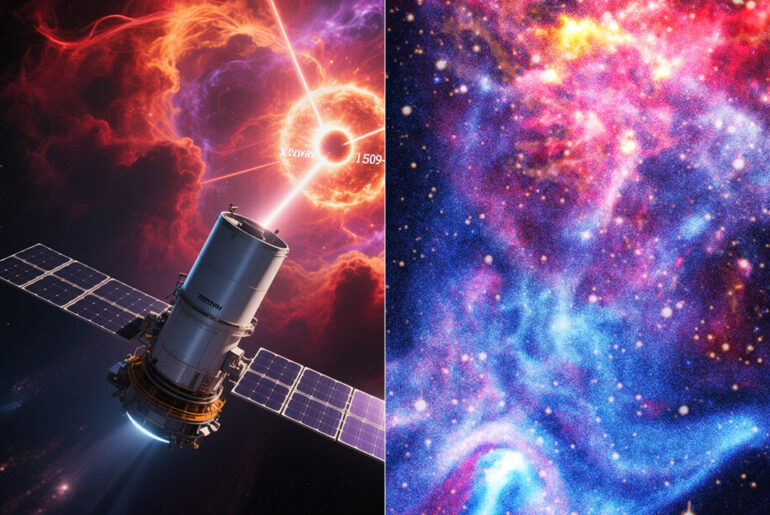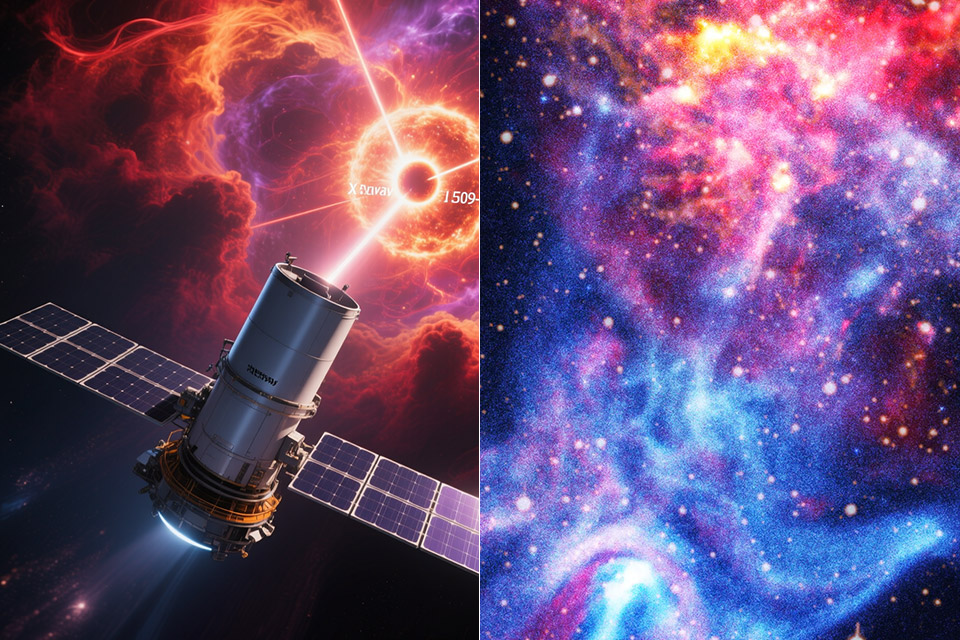
Sagittarius B2, a giant cloud of gas and dust near the center of the Milky Way, is churning out stars at an incredible rate. NASA’s James Webb Space Telescope has trained its infrared eye on this star factory and has captured images that are both breathtaking and baffling. This region, just a few hundred light-years from the galaxy’s central black hole, Sagittarius A*, holds secrets about how stars are born that Webb’s advanced technology can only partly reveal.
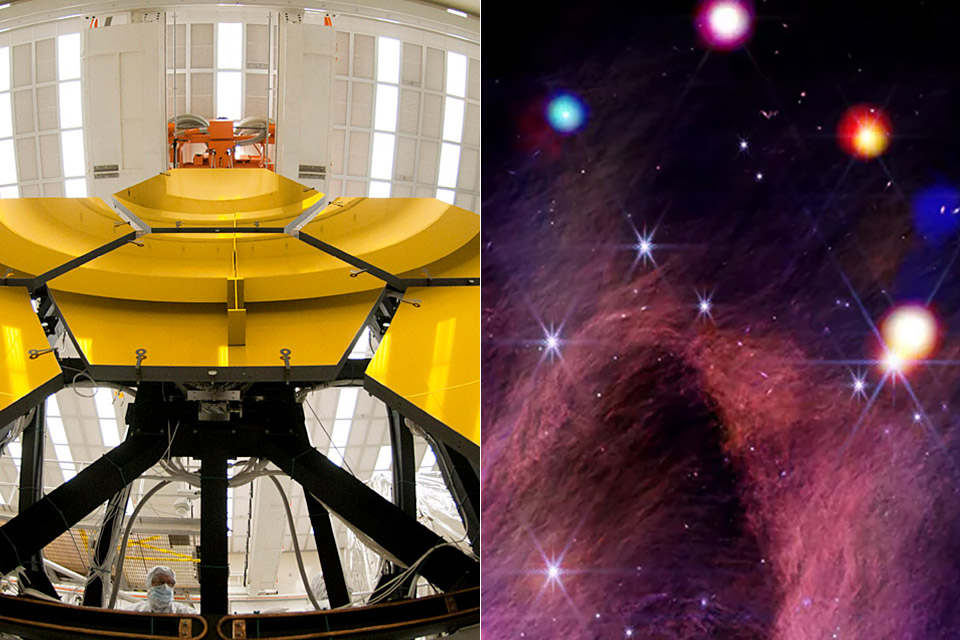
A thousand light-years away, in the constellation Perseus, a cosmic nursery is humming with life. NASA’s James Webb Space Telescope and Chandra X-ray Observatory have imaged IC 348, a star-forming region in our Milky Way, and it’s a beautiful picture of galactic creation.

NGC 2775, located 67 million light-years away in the constellation Cancer, is a cosmic riddle that defies categorization. Astronomers have historically classed galaxies as spirals (with twisting arms of stars and gas) or ellipticals (smooth and featureless, like cosmic eggs). This galaxy, in a spectacular new image from the NASA/ESA Hubble Space Telescope, is neither.
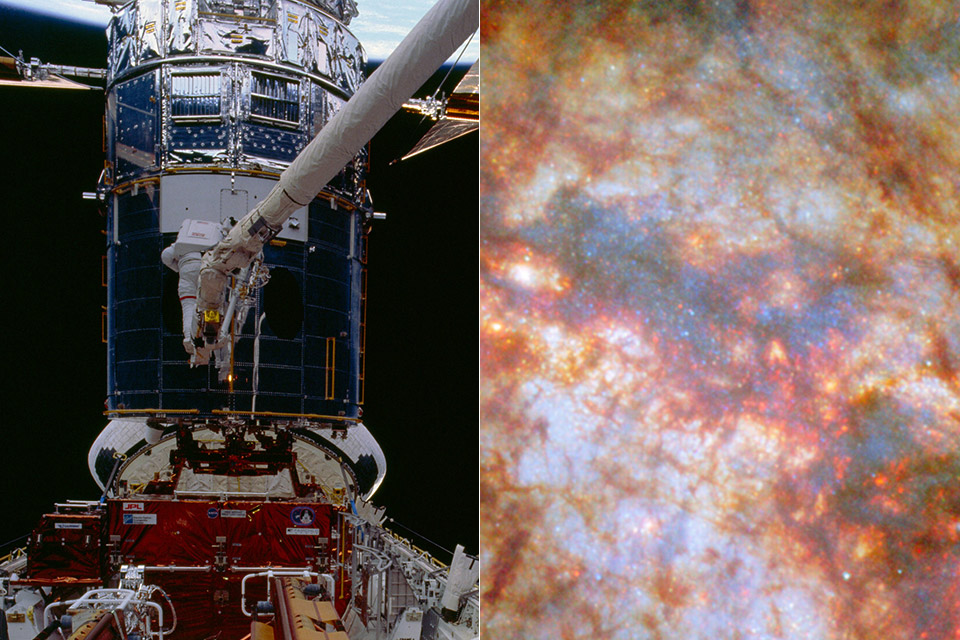
M82, also known as the Cigar Galaxy, is 12 million light-years away in the constellation Ursa Major. NASA’s Hubble Space Telescope snapped this image in stunning detail, resembling a cosmic smoldering cigar with a heart spewing out stars at warp speed.
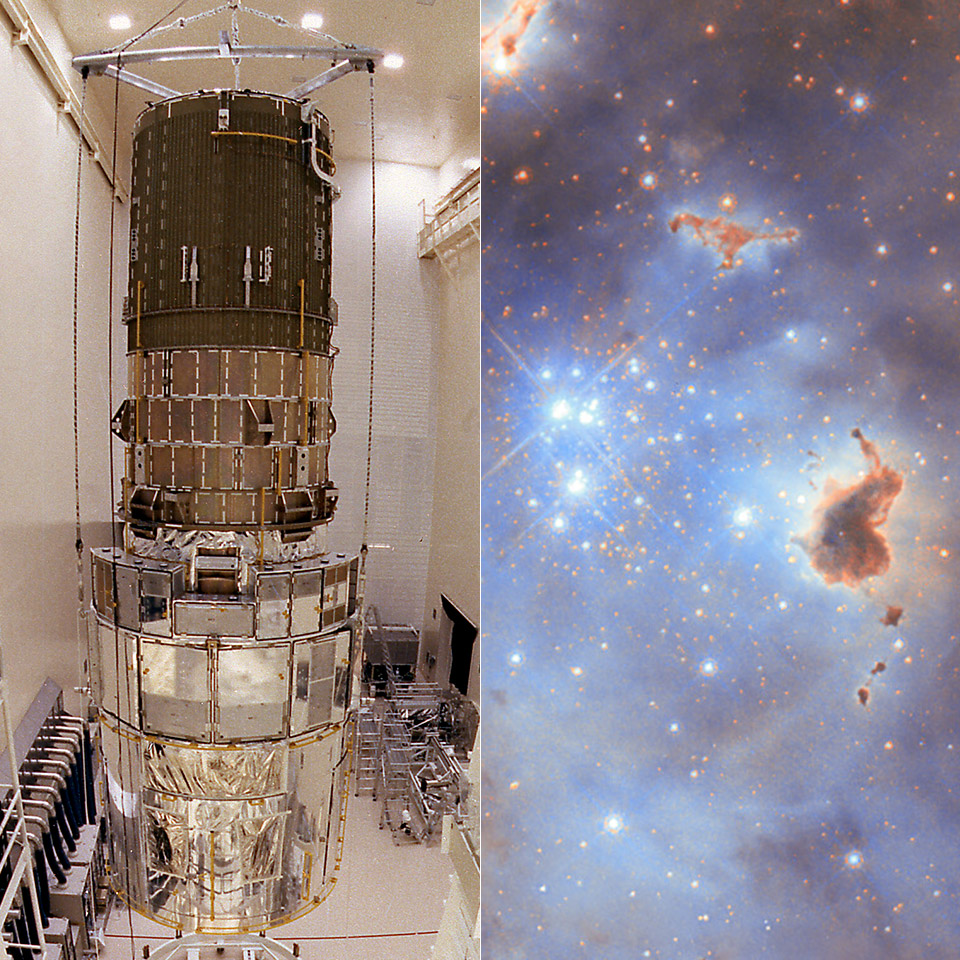
Hubble’s latest image shows a star cluster 160,000 light-years away in the Large Magellanic Cloud, a small galaxy that orbits our own Milky Way, shining quietly. LMC N44C, part of the N11 star-forming region, is more than just another picture of the universe; it’s a snapshot of the mechanics of star formation itself, and it’s so clear it feels tactile. Bright blue stars shine through smoky gas clouds, illuminating clumps of dust that look like cosmic sculptures.
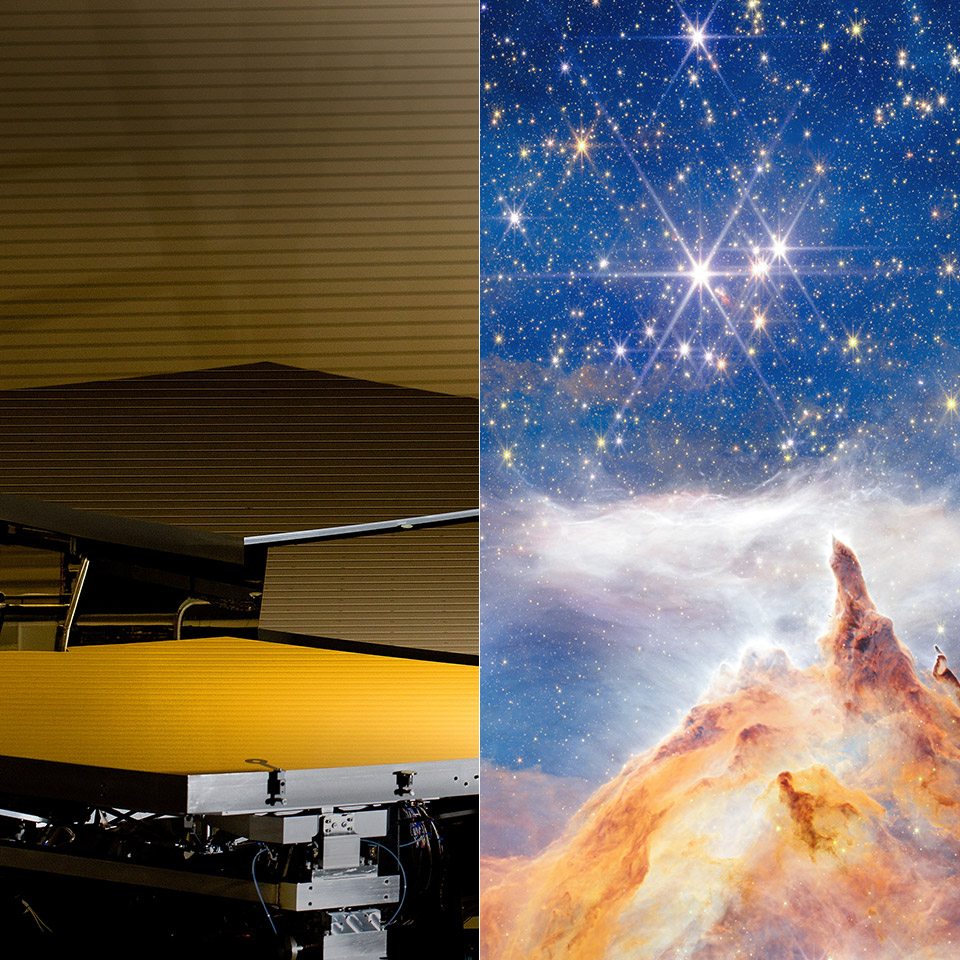
A star cluster shines in the vastness of space, captured in stunning detail by the James Webb Space Telescope. Pismis 24 is a stellar nursery in the Lobster Nebula in Scorpius, 5,500 light-years away. This NIRCam image shows a jagged landscape created by the raw power of newborn stars.

NGC 7456, a spiral galaxy 51 million light-years away in Grus, looks like just a blob of stars at first glance. This Hubble Space Telescope’s Wide Field Camera 3 image pulls you in with its warm glow, patchy spiral arms and pink bursts where stars are born.

A star is at the heart of the Butterfly Nebula, 3,400 light-years away in Scorpius, hidden behind a curtain of dust so thick it was invisible. The James Webb Space Telescope’s Mid-InfraRed Instrument (MIRI) has lifted that curtain and for the first time we see the nebula’s core. The image along with data from the Atacama Large Millimeter/submillimeter Array (ALMA) is changing our understanding of planetary nebulae.
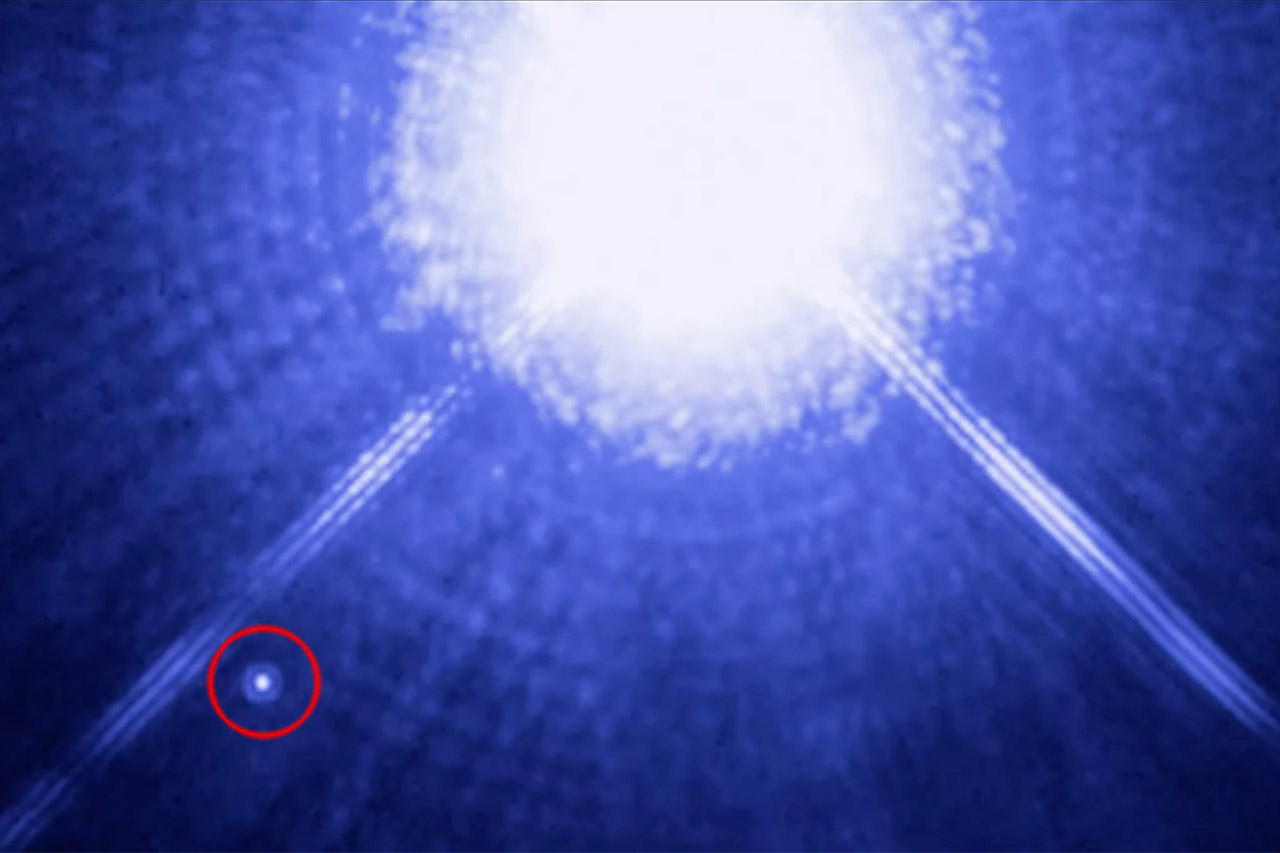
A white dwarf star is as dense as a city squished into the size of the Earth. Usually that’s the end of a star’s life. But sometimes they don’t go quietly. An international team of astronomers using NASA’s Hubble Space Telescope discovered a rare beast: an ultra-massive white dwarf formed by a catastrophic collision with another star rather than a steady fading.

